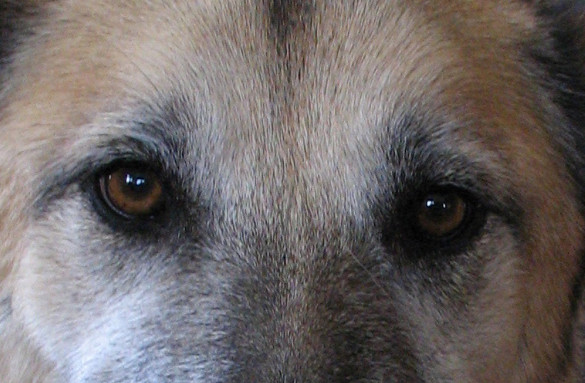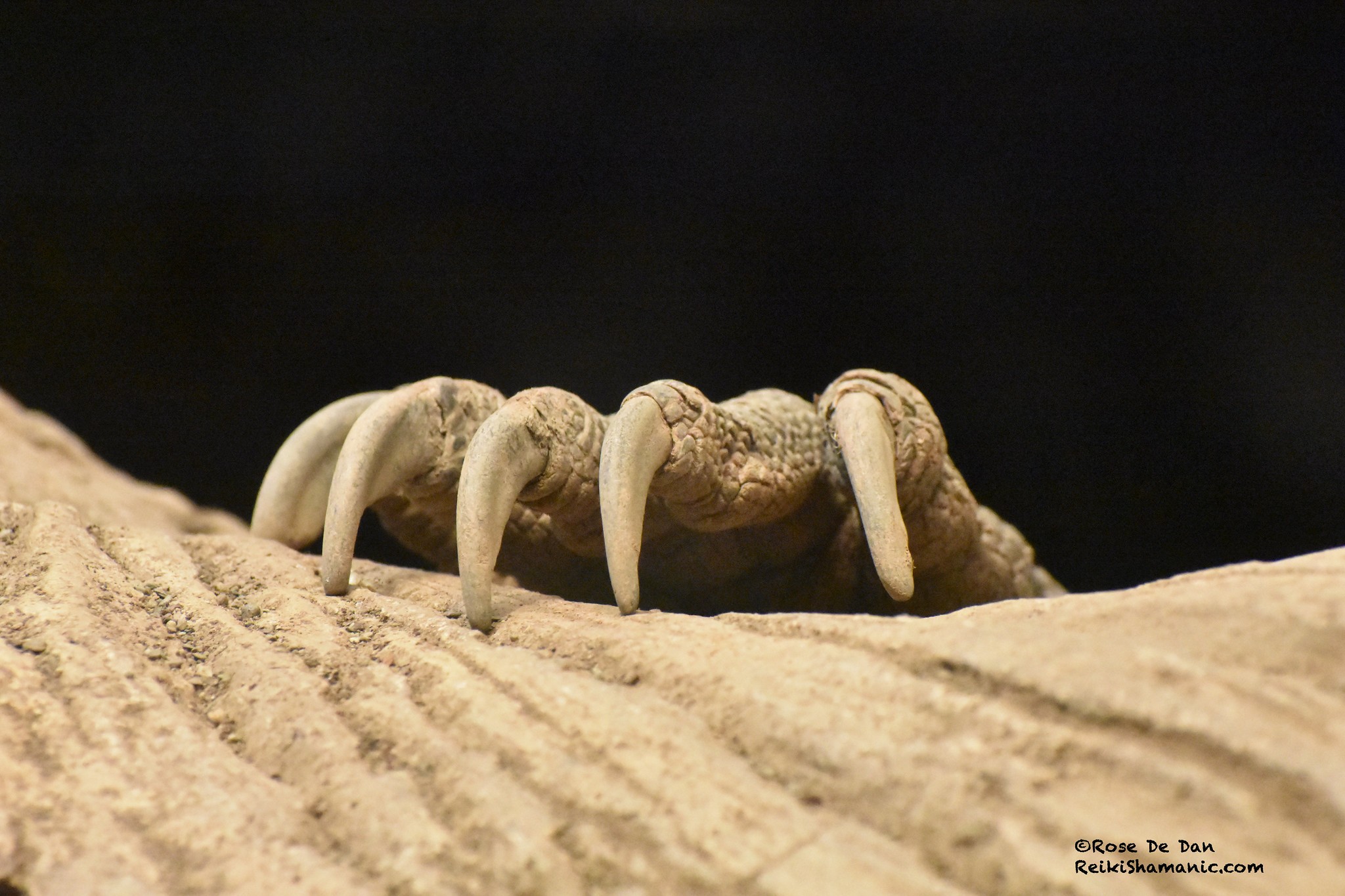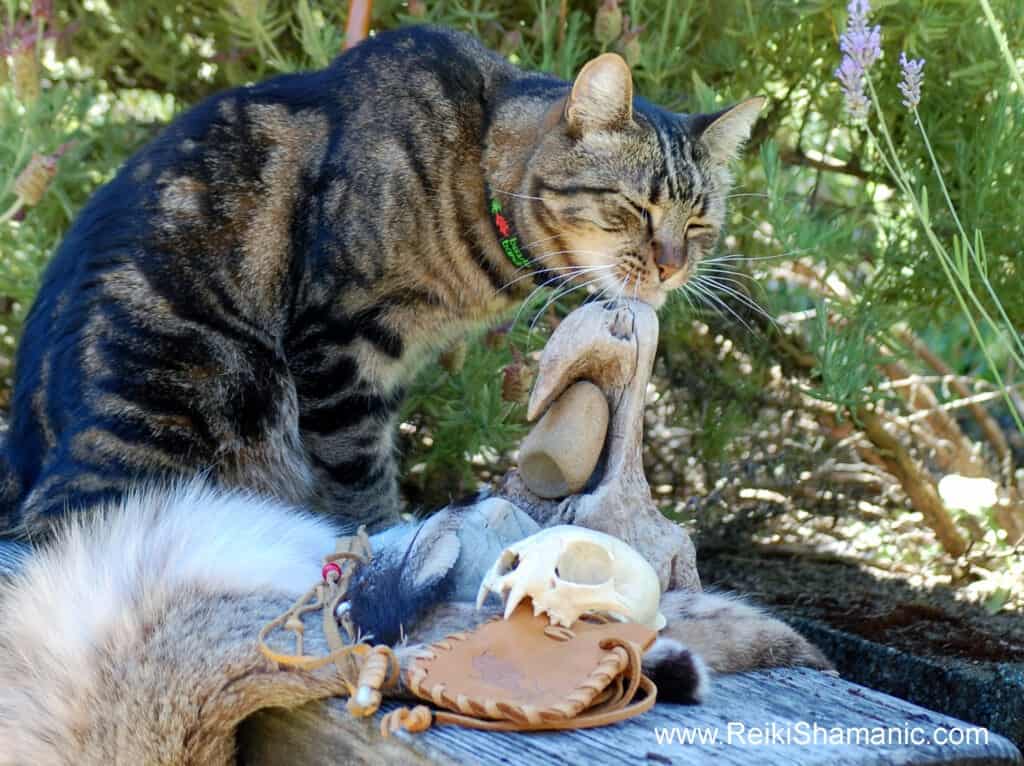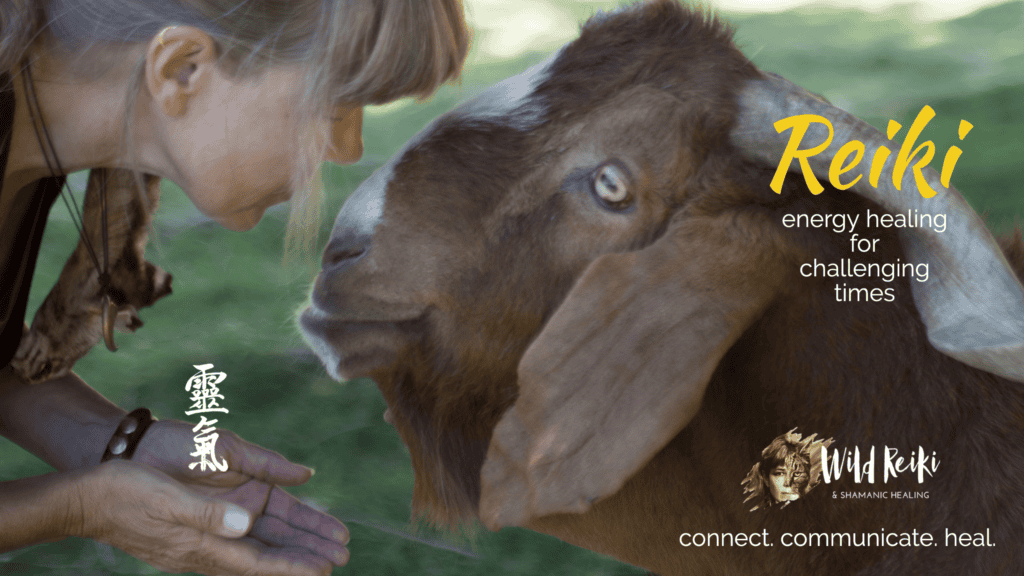
Answering the Call of the Wild, Part 3
This article was originally written in 2009 and appeared on my old website as the third of a series of three entitled “Answering the Call of the Wild.” In Part 1 I struggled to understand what a wolf in the Woodland Park Zoo was trying to communicate to me. In Part 2 I told the story of “Two Wolves” and “The Wolf and the Mesa Stone.” In this one, I experience the relationship of wolves to dogs.
If I had a quarter for every time I have been asked if my dog, Puma, is part wolf, I would have a very tidy sum. I always answer, “Not as far as I know.” My best guess is he is an Anatolian shepherd/Malamute cross. But, being a shelter dog with no known history adopted from a shelter in a rural area of Montana, he could be any manner of mixes, including wolf.
Not long after I adopted him, I was awoken in the night by stampeding cats and an unearthly sound that seemed to come from all directions, filling my living space. It was a primeval wolf howl, something my urban cats, who had never set foot in the wilderness, instinctively seemed to recognize as danger.
Wiping the sleep from my eyes, I realized that we had not suddenly been transported during the night to the woods; Puma, head hanging over the edge of his dog bed, was howling in his sleep. The wooden floors made a perfect sounding board, carrying his vocals throughout the house—and impressive vocals they were, too. Until then, I had not realized he made any sounds at all, as he never barked.
Several days later, I decided to try an experiment. Dragging out my old album, The Language and Music of the Wolves, narrated by Robert Redford, I put on the track of the pack joining their voices in a group howl.
Puma’s ears went up, and with head cocked, he listened carefully for a moment. Then, tilting his head back and closing his eyes, he joined in. Full-throated and beautifully resonant, his howl was an awesome sound to hear. The cats were less thrilled. They did not ricochet off the walls this time, but they certainly gave me the stink eye!
Puma carried on for a few moments more and then stopped, embarrassed. I praised him for his voice, but he seemed to feel that he had done something uncivilized and declined to give voice anymore that time. Occasionally, I repeated the impromptu concert opportunity, feeling that it was something he needed to express. I would often join my voice with his so that we could share the experience and help him feel that it was okay. By this time, the cats ignored us.
On one warm, early summer evening in my urban Alki neighborhood, I felt inspired to prompt a pack howl. I started the album playing, and Puma and I raised our voices together. This time, he felt comfortable enough to really lay on the vocals, drawing out the howl and adding embellishments. It was a privilege to hear him, but I had forgotten that the windows were open.
Suddenly, there was a knock at my door. When I opened it, I saw the concerned faces of three of my neighbors, who immediately asked if I was okay. They told me that knowing how strong my bond was with Puma and hearing him howling, they thought that something had happened to me! I was touched that my neighbors would run to my rescue and hastened to reassure them. I invited them in to hear the concert up close and personal, but Puma was having none of it. Apparently, our concerts were only for the immediate pack.
In considering the call I was hearing from the wolf at the Woodland Park Zoo, I realized that it wasn’t important whether or not Puma was part wolf—what was important was that I understand that ALL dogs are part wolf.
To explore our relationship with wolves, I knew that I also needed to consider our relationship with dogs, for they are closely related. Dogs are descended from the wolves that chose to leave the wild pack and join forces with the people—to the benefit of both. In every home that has a dog, there is a direct connection to the wild. If only people could perceive the same qualities in the wolves that they love in their dogs, the fear and persecution of wolves might stop. And the ancient ways of living together in harmony would be renewed—to the benefit of all.
>>>>>>
Postscript: Things started to move really quickly after this article was first published in April 2009, and a concluding article was never written.
In retrospect, the importance of all of this was that All Our Relations were calling us to remember the ancient bond that we shared. To reawaken us to the power of ceremony to create positive shift and the need to do so together.
In support of this idea, the animals and my allies requested that I conduct a Peruvian despacho ceremony in May to heal the earth and to support All Our Relations in dealing with planetary challenges and a lack of understanding—with a special focus on the wolves.
The night before the ceremony, my allies also guided me to attend the Seattle premiere of a documentary on wolves, where I met people involved in the fight to save them. Wolves were scheduled to be removed from the endangered species list in May, and that would mean that, once again, they would face persecution and possible extermination.
During this same time frame, a lot happened. Julie Forbes contacted me to do an interview for her radio broadcast, The Dog Show, in which we spoke about the relationship of wolves to dogs; I was swept up into a fundraiser for chimpanzees, joined a movement to plant more trees, and was the recipient of a message from Spirit about global warming (now referred to as climate change) while attending a conference with scientists for the public on that topic.
Everywhere, I kept hearing the Call of the Wild, and each time I answered, I was led farther down the path toward remembering and honoring our ancient connection. The ultimate result was the creation of events such as Evening Walk on the Wild Side at the Woodland Park Zoo and A Walk on the Wild Side: Answering the Call of the Wild (first held at Earthfire Institute in 2010). I met Mountain Lion and Master Teacher Windwalker that year for the very first time, and it was he who gifted me with the shamanic vision shared in Windwalker’s Message for the World, which then resulted in the creation of an entire teleclass series where my allies could teach the students directly—Bones, Stones, Feathers and Fur.
My dog Puma has since crossed over into spirit, but his legacy of teaching lives on. As I write this, I feel so humbled by this incredible journey. Gratitude to All My Relations for asking me to come along. I promise that I will do my very best always to honor and answer the call of the wild.
>>>>>>
Learn how to connect more deeply with animals, restore balance to your life, increase intuitive skills, and help heal the Earth with live Reiki and shamanic teleclasses, available worldwide.
>>>>>>
SHARE THIS ARTICLE
You are welcome to share this article with others by email, on your blog or to your mailing list so long as you leave it intact and do not alter it in any way. All links must remain in the article. And, you must include the copyright notice and the bio.
©2017 Rose De Dan. All Rights Reserved. www.reikishamanic.com
A WILD WAY TO HEAL
Rose De Dan, Wild Reiki and Shamanic Healing LLC, is an animal communicator, Reiki Master Teacher, shamanic energy healer, and author. Her classes, sessions and ceremonial work are inspired by wild and domestic animals who have issued a call to action for personal and global healing.
Her book Tails of a Healer: Animals, Reiki and Shamanism features heartwarming stories about animals and their role in her evolution as an energy worker and shamanic healer.



